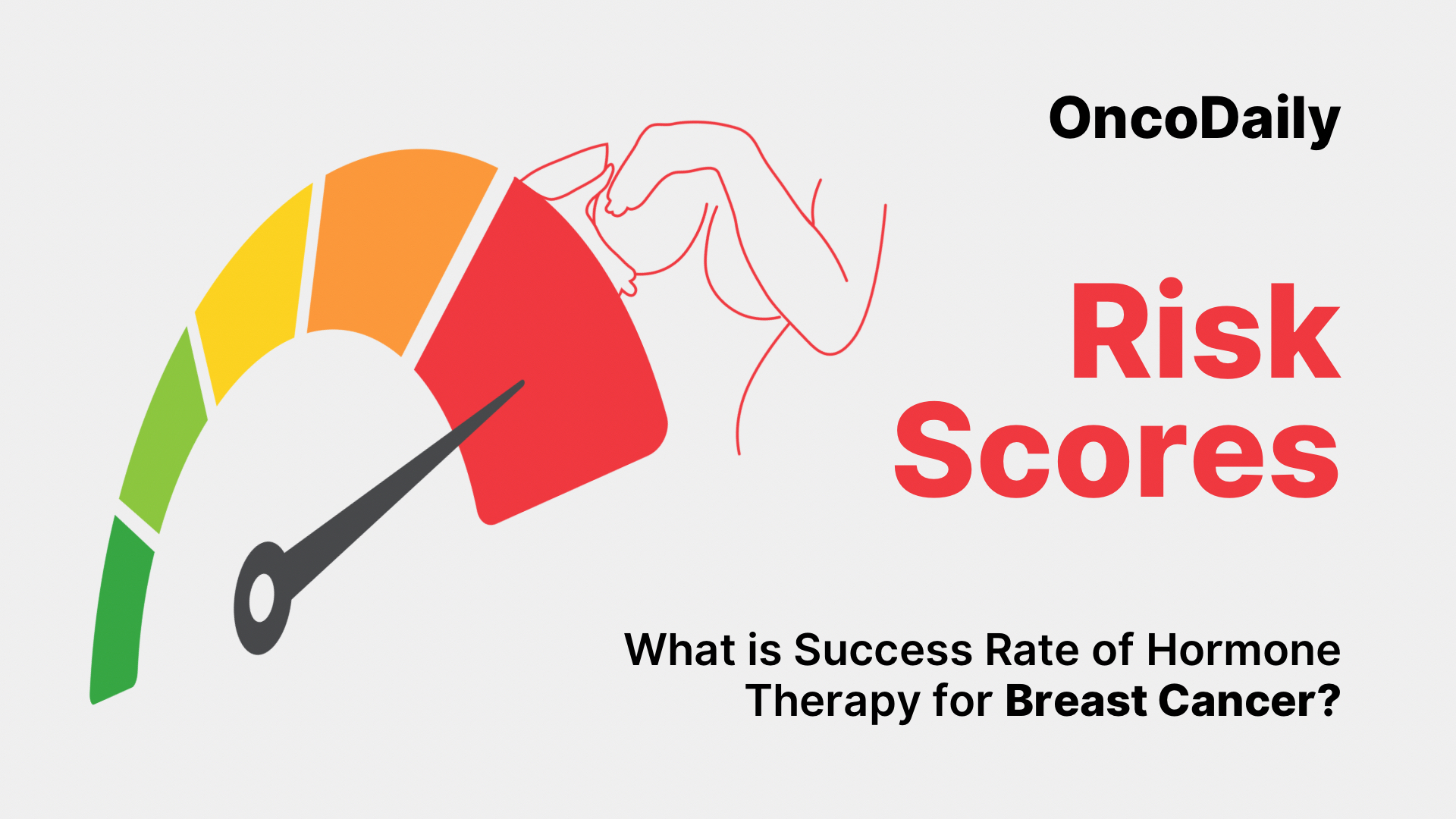The success rate of hormone therapy for breast cancer is among the highest of all treatment options available for hormone receptor–positive (HR+) disease. Hormone therapy—also called endocrine therapy—is one of the most…
Author: admin
-

Cipher Mining (CIFR) Surges 19.7% on AI Boom
We recently published 10 Stocks Beating Wall Street’s Bets. Cipher Mining Inc. (NASDAQ:CIFR) is one of the best performers on Friday.
Cipher Mining soared by 19.73 percent on Friday to finish at $20.66 apiece as investors hunted for AI stocks amid renewed optimism supported by Oracle Corp.’s $38 billion data center expansion deal.
During the session, Cipher Mining Inc. (NASDAQ:CIFR) rallied alongside its counterparts, namely IREN Ltd. and Hut 8 Corp., as Oracle’s announcement strengthened optimism for sustained infrastructure demand to power the next-generation AI.
In other developments, investors began repositioning portfolios ahead of Cipher Mining Inc.’s (NASDAQ:CIFR) third quarter earnings results before market open on Monday, November 3. A conference call will be held to elaborate on the results.
AI aside, Cipher Mining Inc. (NASDAQ:CIFR) earlier this month announced that it was able to produce 251 Bitcoins in September, marking an increase of 10 units from 241 in August, thanks to a higher self-operating hash rate of 23.6 EH/s versus 23 EH/s in the same comparable period.
It also sold 158 Bitcoins during the period, versus 42 units in August, taking advantage of the surge in Bitcoin prices during the period.
While we acknowledge the potential of CIFR as an investment, our conviction lies in the belief that some AI stocks hold greater promise for delivering higher returns and have limited downside risk. If you are looking for an extremely cheap AI stock that is also a major beneficiary of Trump tariffs and onshoring, see our free report on the best short-term AI stock.
READ NEXT: 30 Stocks That Should Double in 3 Years and 11 Hidden AI Stocks to Buy Right Now.
Disclosure: None. This article is originally published at Insider Monkey.
Continue Reading
-

Ek Deewane Ki Deewaniyat box office collection day 5: Harshvardhan Rane’s film shows growth, rakes in over ₹ 37 crore
Ek Deewane Ki Deewaniyat box office collection day 5: Harshvardhan Rane is currently busy promoting his romantic drama from city to city, and it seems his plan is working. Apart from a decent opening at the box office, the film witnessed a rise…
Continue Reading
-
Heineken: Q3 Resilience, CMD Upside, And Attractive Valuation (OTCMKTS:HEINY) – Seeking Alpha
- Heineken: Q3 Resilience, CMD Upside, And Attractive Valuation (OTCMKTS:HEINY) Seeking Alpha
- How Analyst Views Are Shaping the Changing Story for Heineken Yahoo Finance
- Heineken stock price target maintained at EUR80 by HSBC on volume trends Investing.com
- Heineken (ENXTAM:HEIA): A Fresh Look at Valuation Following Recent Share Price Movements simplywall.st
Continue Reading
-

The latest DJI Osmo Action 6 image leak gives us our first look at the camera actually in action
- Another image of the DJI Osmo Action 6 has leaked
- The shot shows the camera on a motorcycle
- We might see an official launch in the next few weeks
It seems very likely that there’ll be a new contender for our best action cameras list making its…
Continue Reading
-

WhatsApp brings AI-Powered Feature to turn Text into pictures for Status Updates
Meta-owned messaging app WhatsApp continues to roll out new features in 2025, making chats smarter, and now the app started testing a revolutionary AI-powered feature that lets users transform simple text into eye-catching images for their…
Continue Reading
-

Prince Andrew and Sarah Ferguson Are Reportedly Considering “Ditching the U.K.”
The Gist
-
As pressure mounts on Prince Andrew and Sarah Ferguson to leave their longtime home Royal Lodge, a royal expert says the former couple might be eyeing a move abroad.
-
Prince Andrew relinquished his Duke of York title on October 17.
-
Prince…
Continue Reading
-
-

Chelsea 1-2 Sunderland (Oct 25, 2025) Game Analysis
Chemsdine Talbi struck a dramatic stoppage-time winner as Sunderland stunned Chelsea with a 2-1 victory at Stamford Bridge.
The 20-year-old Morocco international strode unmarked into the box to sweep home after Brian Brobbey had held the ball up…
Continue Reading
-

Vienna Open: Jannik Sinner reaches eighth final of season
Sinner retired from his previous tournament in Shanghai with severe cramp and said he arrived in Austria “quite late” as he bid to repeat his 2023 title success in Vienna.
He extended his winning streak on indoor hard courts to 20 matches,…
Continue Reading
-

Triangle teases Capella 2 streaming active loudspeakers
French manufacturer Triangle has begun teasing the Capella 2, a second-generation streaming standmount that uses WiSA technology to eliminate the cable vomit caused by wires spilling from the back of the primary speaker.
This active 2-way…
Continue Reading
